Starting chronologically, then, we have the Sandbach Saxon Crosses.
These crosses date probably to the ninth century, which goes against the tradition that they were introduced following the arrival of Christianity into Mercia in the mid seventh century.
They were broken up by the Puritans, much like the market cross in Chester, before being reassembled in 1816.
The village of Thelwall, up in the corner of Cheshire by Warrington, and now famous only for the M6 viaduct, is the smallest city in Britain, largely due to an inscription on the Pickering Arms:
Edward the Elder was King of Wessex and the Anglo-Saxons, the son of Alfred the Great and the grandfather of the Edgar mentioned in the Chester blog. Thelwall, being at the frontier of Mercia and the Danelaw, was ordered to be fortified by the King in 923, following his capture of the Kingdom of Mercia in 918.
The town of Frodsham, originally an Iron Age settlement, was an important Saxon burh (fortified town). Domesday Book records that it was held by Hugh d'Avranches himself, with 3 hides paying geld and land for 9 ploughs. The town was created a borough under Ranulf III (more in a bit), where its position at the mouth of the River Mersey made it into an important port, allowing for ease of transport of salt from Nantwich and Northwich.
The Normans built a castle here, but it was removed in 1727.
Cheshire was, as mentioned in the previous Chester blog, a border county of the Welsh March, with palatine powers invested in the Earl of Chester. The Marcher Lords swore allegiance to the King, but their lands did not pay tax to the Crown but to the Earl, and had powers usually reserved only for the King, such as the right to create boroughs, grant market charters, hunt in forests, and, most significantly, the ability to dispense justice. The King had no jurisdiction over the Marches, unless he received the lands of a Marcher Lord in forfeit (for treason) or escheat (should the Lord die with no heir). As part of border control, several castles sprang up following the Norman Conquest, such as those at Shotwick:
Believed to be built by Hugh d'Avranches, the castle originally stood on the shore of the River Dee, guarding a landing site and a ford crossing. Rebuilt in stone with six towers, the castle was an important fortress at the time of Edward I, when he stayed here on the way from Chester to Flint.
Malpas, believed to have been constructed by Robert FitzHugh, son of Hugh d'Avranches:
Aldford:
Dodleston:
Shocklach:
Pulford:
They aren't very impressive now, of course, but at the time they were a string of fortresses, centred on Earl Hugh's main castle at Chester. Built of timber and earth, these early Norman castles were designed so that they could be put up quickly, but also pulled down and rendered useless in case of retreat. Pulford, and particularly Aldford, guarded significant river crossings:
^ the medieval bridge crossing the Dee at Aldford (while the river is in full flood)
Following the successful Conquest of Wales by Edward I in the late thirteenth century, the River Dee required less defense, and the castles were slowly abandoned.
Halton Castle, near Runcorn, has more substantial remains, at least:
The Castle replaced the Saxon fortification at Runcorn, which guarded the River Mersey from a more swampy position - Halton was built on a rocky outcrop as seen in the photo above. It was the centre of the barony of the constable of Chester, whose power was second only to that of the Earl. The first constable was the cousin of Hugh Lupus, Nigel of Cotentin.
The Barons of Halton, through a series of dynastic marriages, gained substantial estates throughout England, including the Earldom of Lincoln and the castle at Bolingbroke (this will be significant in a later blog!)
The seventh baron, Roder de Lacy, was one of the renowned soldiers of medieval England, and rescued Ranulf III (again, more shortly) from the siege of Rhuddlan by using fiddlers, players, and "debauched persons" from the streets of Chester to create such noise as to scare off the besieging Welsh.
The tenth baron, Henry de Lacy, was Councilor in Chief to Edward I, and while the King was off fighting his wars in Scotland, Henry was named as Protector of the Realm. A fabulously powerful man, he died in Lincoln's Inn and is buried in St Paul's Cathedral. Following his death, the barony passed to the Earls (and later Dukes) of Lancaster, starting with Thomas, the second earl, whose rebellion against Edward II in 1322 will no doubt be covered in the same blog as Bolingbroke.
The fourteenth baron was none other than John of Gaunt, son of Edward III, who I shall cover in a different future blog, and the fifteenth and final baron was Henry of Bolingbroke, later Henry IV, who will be featured in the same blog as Thomas as mentioned above. I do hope you can all contain the obvious excitement over these developments! The point of all this, anyway, is to show just how illustrious a history the castle has. Following Henry's accession to the throne of England, the castle became a royal property.
The castle was besieged in the Civil War, following the Parliamentary victory at Warrington in 1643. The Parliamentarians abandoned the castle when Prince Rupert himself came to re-take it, but in 1644 a second siege gave it back to Parliament. In 1646 the castle was ordered to be slighted, and by 1650 it was said to be in ruins.
In the eighteenth century, a courthouse was built out of the gatehouse, which is now in use as a pub:
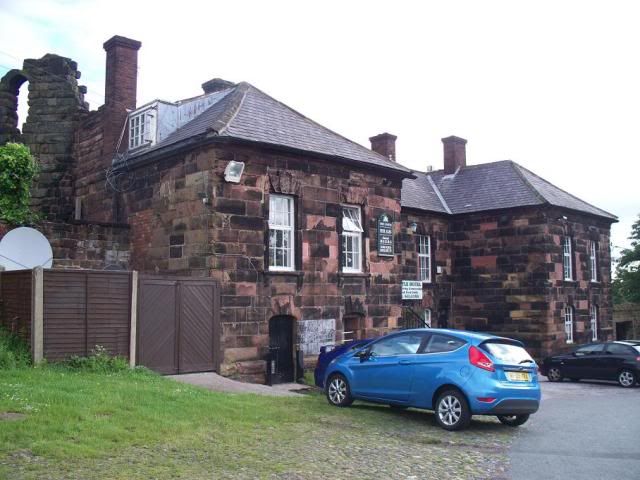
Perhaps the most impressive of the Cheshire castles, however, is Beeston. The castle, dramatically sited on a solitary outcrop of rock in the centre of the county, was begun in the 1220s by Ranulf III, sixth Earl of Chester and one of the greatest medieval barons.
Ranulf was married to Constance of Brittany, the daughter of Conan IV of Brittany who also happened to be the Earl of Richmond (this will be important in a later blog!) A complex man, he held many titles across vast estates, both in England and Normandy, and was expected to be named regent for Henry III following the death of King John in 1216. Now. The rebel barons who had forced Magna Carta upon King John in 1215 had also invited the future Louis VIII of France to invade England, which he did in 1216, even going so far as to be crowned as King of England by said rebels. With William Marshal, the Earl of Pembroke and Henry III's regent, Ranulf fought at the Battle of Lincoln in 1217 and successfully repelled the French and rebel forces - for his part in this, Ranulf was created Earl of Lincoln. In 1218-19 he was taking part in the Fifth Crusade. Beeston was built when he was getting on a bit, along with Chartley Castle in Staffordshire, and Bolingbroke Castle in Lincolnshire.
Following the death of Ranulf in 1232, the castle passed into the hands of the Crown, but was never seen as important as the one at Chester. It has quite the undistinguished history during the medieval period. Under Edward I, Beeston was repaired and updated after the Conquest of Wales, as it was seen as part of a secondary line of defence against Welsh rebellion.
^ the south-west tower of the inner ward, with dramatic views over the Cheshire plain beyond.
There is a tradition that Richard II, following his capture and surrender at Flint Castle in 1399, hid his treasure of 200,000 marks down the well at Beeston during Henry Bolingbroke's rebellion. Richard surrendered as soon as Henry's forces arrived, leaving this treasure behind. Needless to say, no treasure has ever been found.
^ the well is in the centre of the photo.
Beeston's history becomes colourful again in the Civil War, lying between Royalist-held Chester and Parliamentary Nantwich. Initially the Parliamentarian forces held the castle, but in 1643 they were surprised by the Royalists and surrendered the castle to them. The governor of the castle, Captain Thomas Steele, was later shot for his failure to hold the castle. The Parliamentarians returned in 1644 to besiege the castle, and the Royalists held out for a year before eventually surrendering. In 1646 the castle was slighted to prevent it being garrisoned again.
^ the views from the castle are truly spectacular - my breath was taken away!
As becomes the pattern for castles following the Civil War, Beeston became an attraction again in the eighteenth century as a romantic ruin, and the advent of the railways in Cheshire made visiting it easier than ever.
But we need to backtrack here. Cheshire is justly famous for having a lot of black and white buildings, both Tudor and mock-Tudor creations. Possibly the most famous of all these is out near Congleton, Little Moreton Hall.
A moated manor house from the fifteenth century, the hall was built by a family of local tax collectors and added to by subsequent generations, resulting in the courtyard-house look it has today.
^ the back of the earliest part of the house, with the knot garden in the foreground.
The earliest part of the house is that around the Great Hall, to which two luxuriant bay windows were later added:
Onto this was first added a wing to the north west, housing a new kitchen:
The east range had already been extended once following the initial building. In the 1560s a south range was added, this time in three floors, the top being the long gallery essential to any Elizabethan house:
The woodwork is a riot of chevrons (the diagonals) and quatrefoils (the 'clover' shapes), with lozenges (the rectangular patterns) also appearing in the courtyard. The load of the roof on the south wing has resulted in the droppage you can see on the left of the above picture, and resulted in some more beams being inserted in the 1650s to prevent the structure bursting apart.
The Civil War did the Moreton family in. Strong Royalists amid the Parliament-held districts of East Cheshire, the house was used to billet Cromwell's soldiers. The fortunes of the Moretons never really recovered after this, and they eventually rented the house out as a farmhouse.
The Civil War, then, is a strong feature of Cheshire. Before we press on, I'd like to just quickly swing back across the county to make an honourable mention of Holt, a village with strong Civil War connections (though actually in Wales). Once the site of a Roman tile factory, Holt is right on the border with England, the famous bridge that crosses the River Dee marking the boundary.
^ the aforementioned tile factory was on the banks of the Dee, somewhere on the left of this picture.
Holt Castle was begun in the late thirteenth century by Edward I during his first conquest of Wales (a subject I shall devote a future blog to, so won't dwell upon it here). Following the Civil War, the castle was slighted and most of the building material was re-used in the building of Eaton Hall, now the seat of the Duke of Westminster. The castle today is in quite the sorry state.
The Church of St Chad saw some action when it was occupied by Parliamentarian forces fleeing the Royalists. When the Royalists tried to storm the church, the ensuing battle left marks in the stonework that can still be seen today:
Back in Cheshire, nowhere is the war more strongly remembered than at Nantwich. Replete with black-and-white buildings, the Battle of Nantwich is still re-enacted every year in remembrance.
^ the swinemarket in Nantwich, with Regent House and the High Street in the background.
The Romans used to mine salt in the area surrounding the town, and salt production continued throughout the medieval period. When the Normans invaded Cheshire in 1070, they razed the town to the ground. Domesday Book is a bit confusing on the matter of Nantwich: the Saxon term "wich" meant a brine spring, but there were three main springs in close proximity (Northwich, Middlewich and Nantwich), which the book seems to refer to interchangeably. What appears to be Nantwich, however, is said to have had 8 salt pans before the Conquest, but only 1 following. A castle was built at what is believed to be the site of the Crown Hotel:
Because of the salt, Nantwich became the second most important settlement in Cheshire, after Chester. Indeed, it is the only other place in the county that is labelled on the Gough Map. The River Weaver, which runs through the town, no doubt helped in the growth of industry and trade, and along with salt production the town had a tanning industry and a weekly cattle market.
In 1583 a fire swept through the town, destroying a lot of the buildings. Queen Elizabeth I took a personal interest in the rebuilding programme, reflected in the inscription on Queen's Aid House, built in 1584 by Thomas Cleese, a local craftsman:
Two important buildings to survive the fire are Sweet Briar Hall, with a pentagonal bay window:
and Churche's Mansion, dating from 1577 and built by the same chap who was responsible for Queen's Aid House for the wealthy Nantwich merchant Richard Churche, was rescued from being shipped to the USA in the 1930s:
The fourteenth century Church of St Mary also survived, and was restored by the Victorian church-restorer Sir George Gilbert Scott, who also worked on Chester Cathedral. The church, with its octagonal tower, is apparently sometimes referred to as "the cathedral of South Cheshire".
The town is awash with beautiful black and white buildings, such as these at 21 & 23 High St:
42-46 High Street. All three were merchants' houses built c1584: 42-44 were lived in by William Churche, Richard's son, and 46 by Thomas Churche, Richard's nephew. 46 in particular looks quite precarious, as if it's about to topple over...
I do love Nantwich. The town calls itself a hidden treasure, and they are quite right to do so!
^ more black and white buildings on Welsh Row.
And now, a word on temperance. In the late Victorian era, the temperance movement aimed to sober-up Britain by the introduction of the alternative to the pub, the cocoa house. In Nantwich, we have the charming Cocoa Yard, with the Victoria Cocoa House (formerly the Three Cups Cocoa House) of 1878 at the entrance:
It's all just so magnificent! I cannot believe I have not discovered Nantwich before now, it is an absolutely beautiful little town.

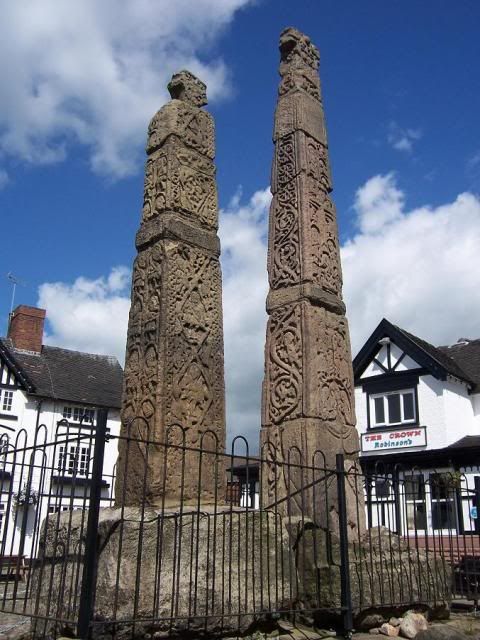

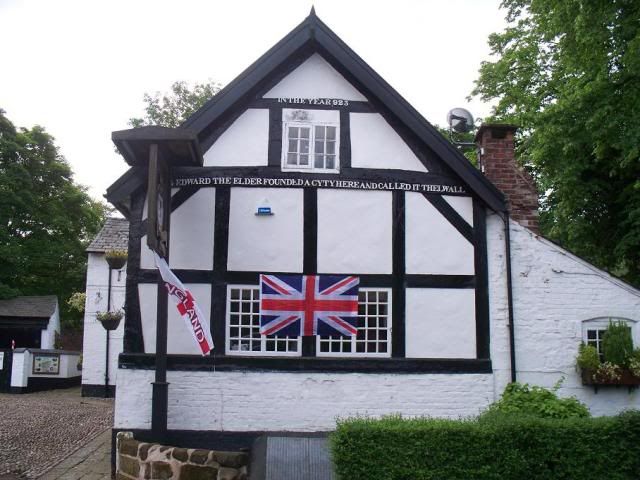
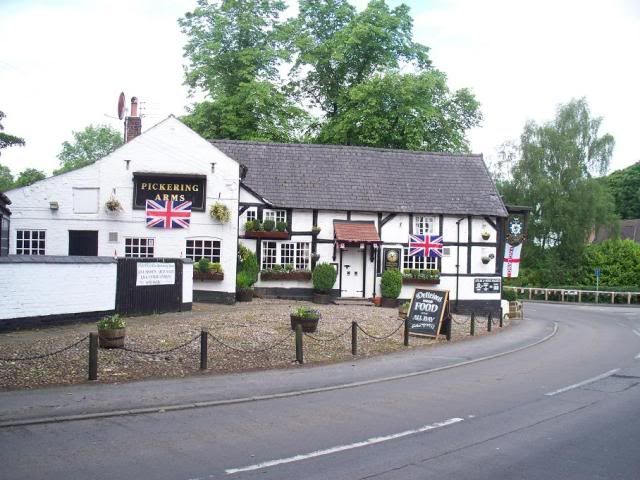



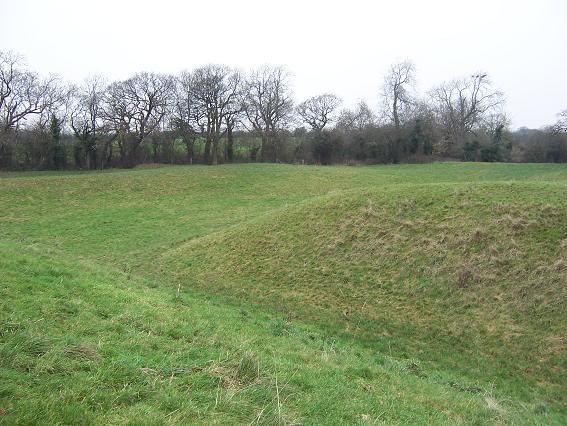

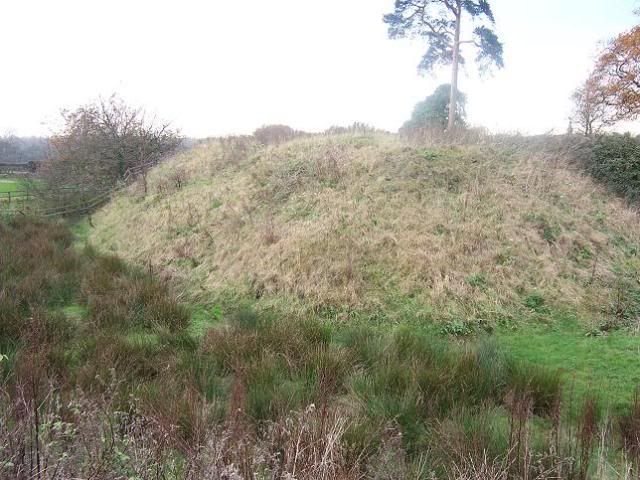

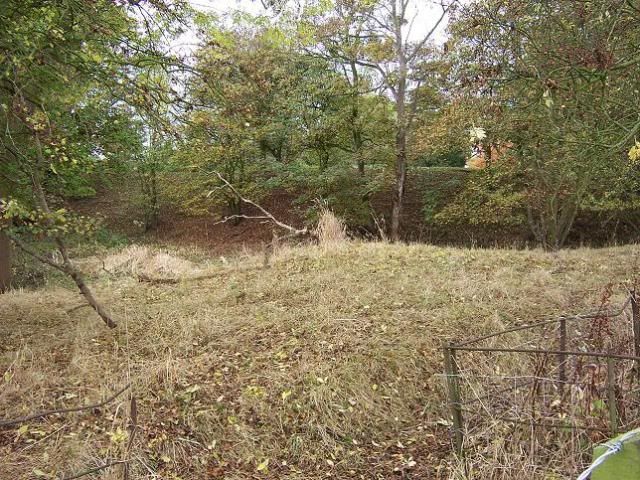
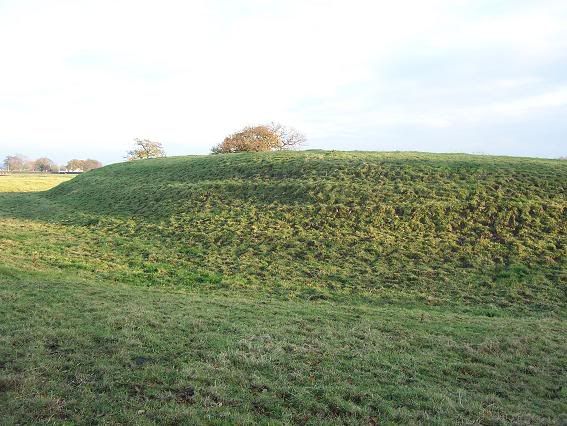






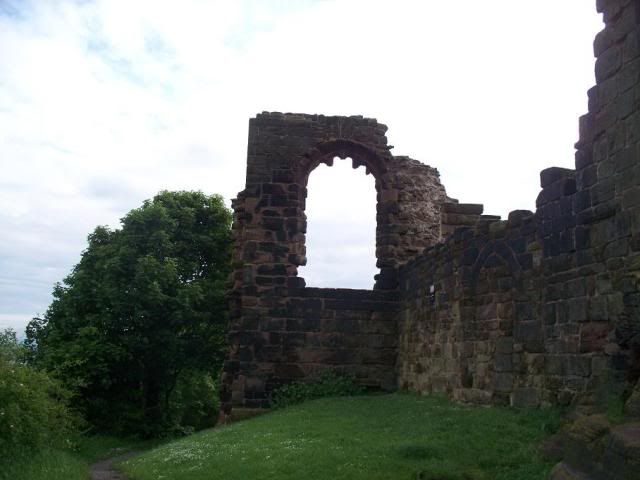

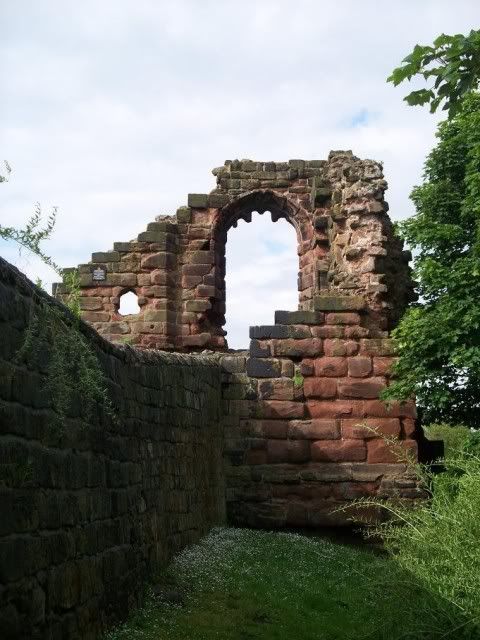
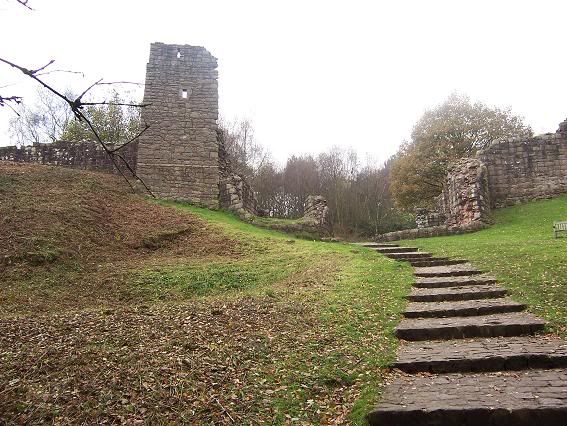
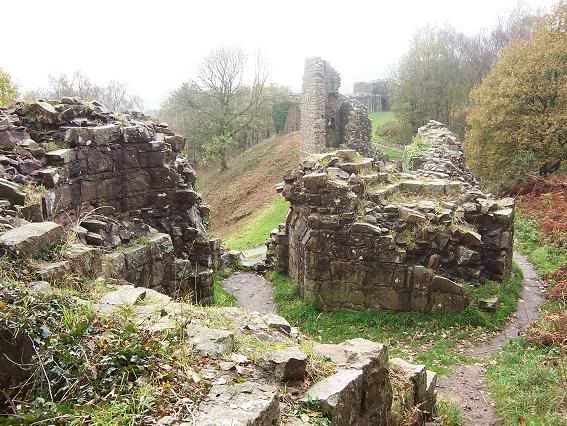

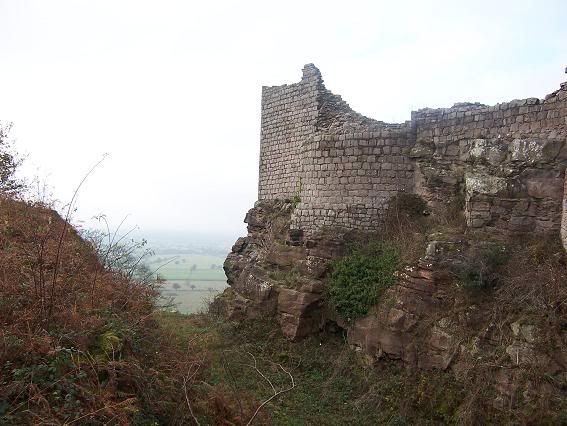
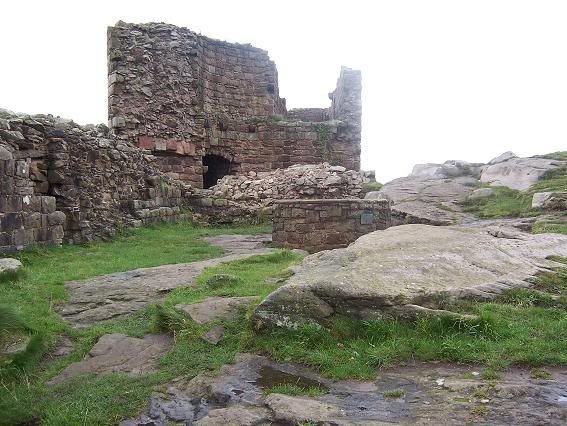
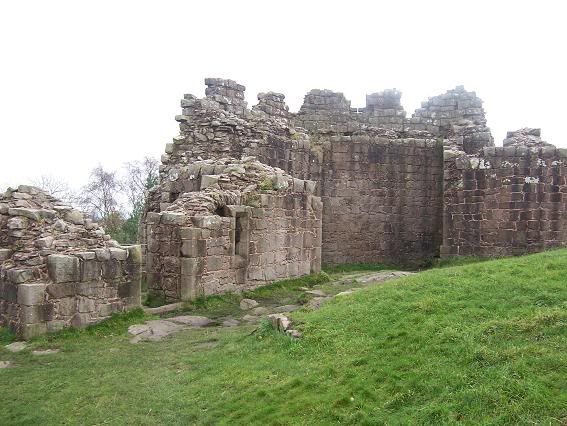
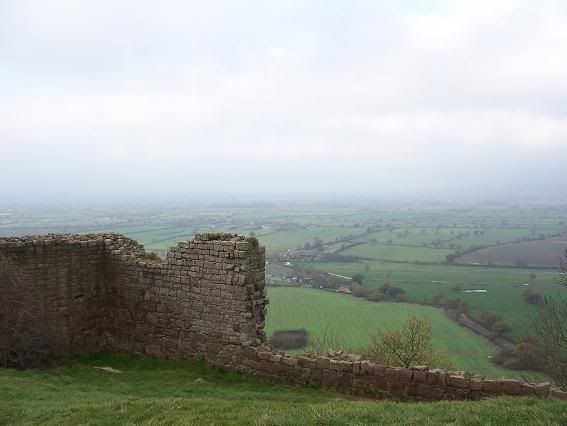
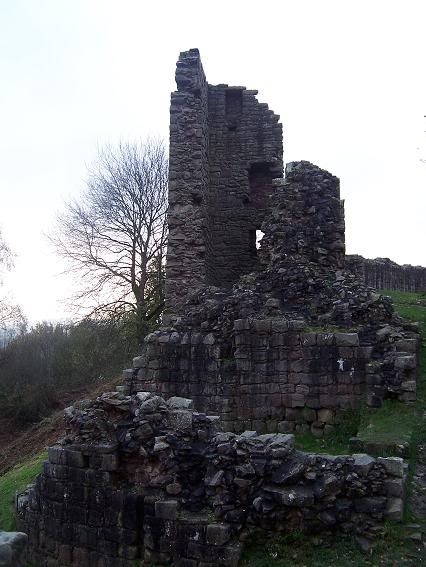
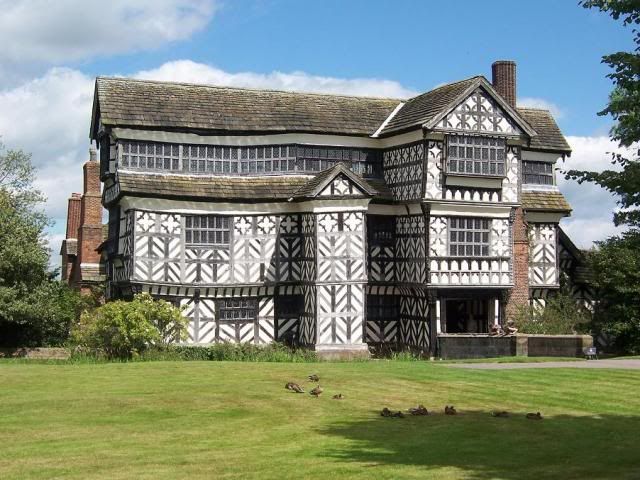

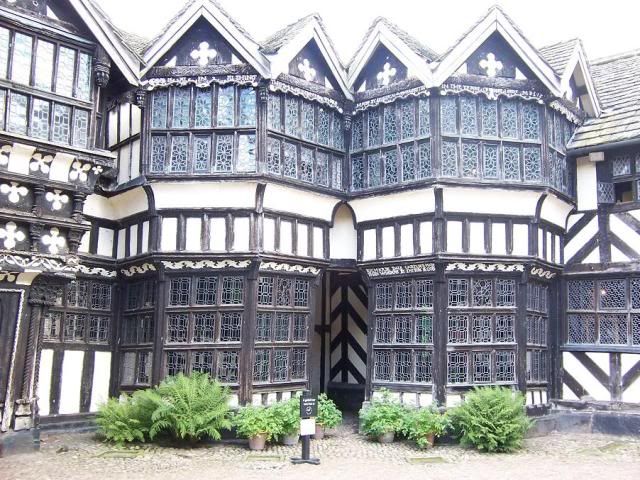
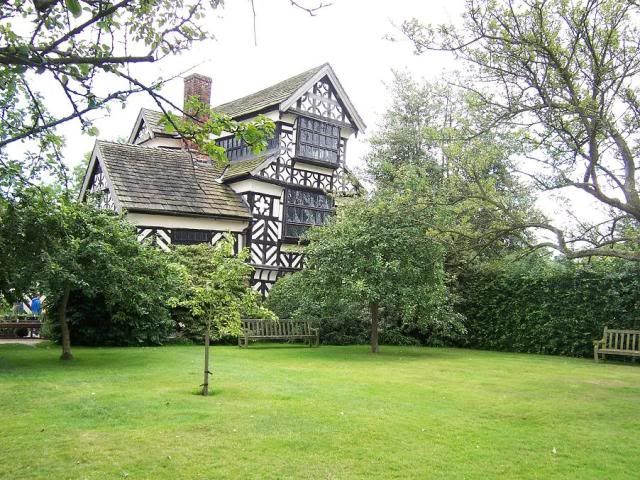
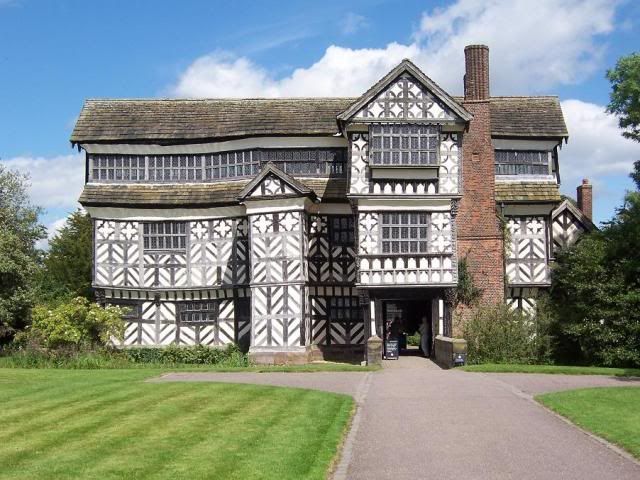

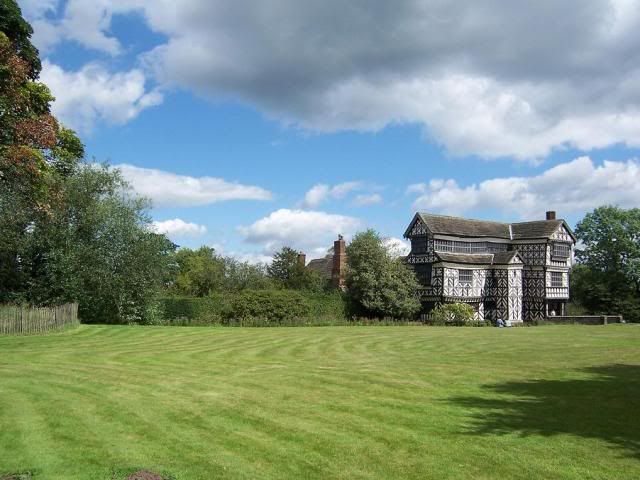
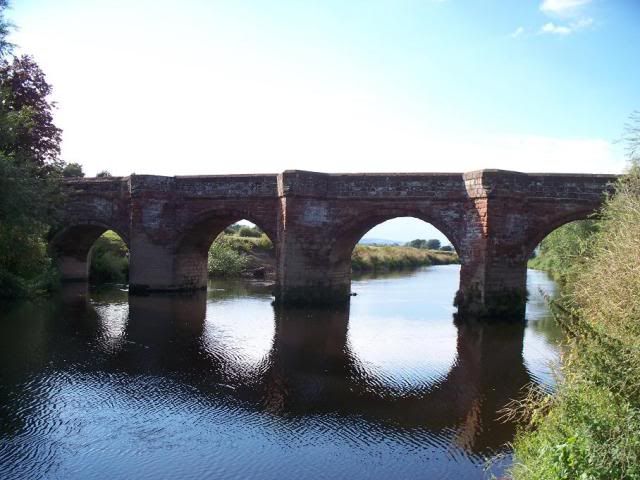

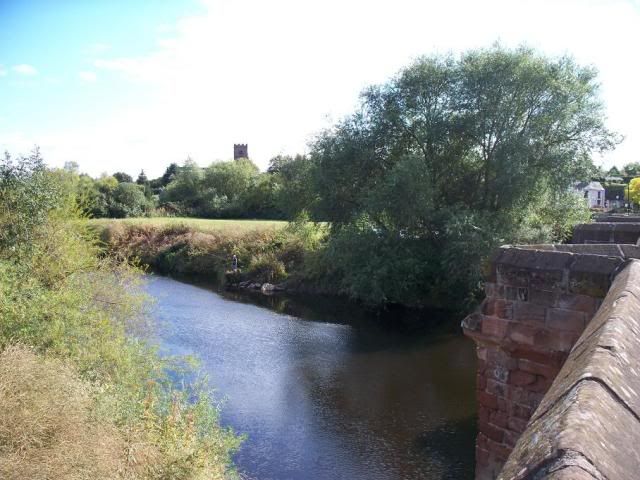

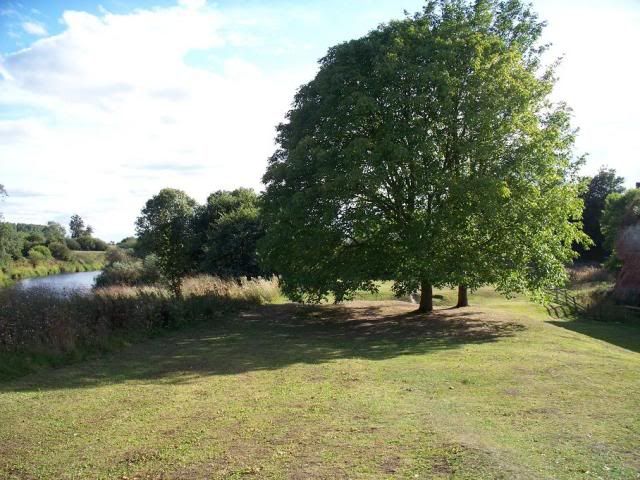

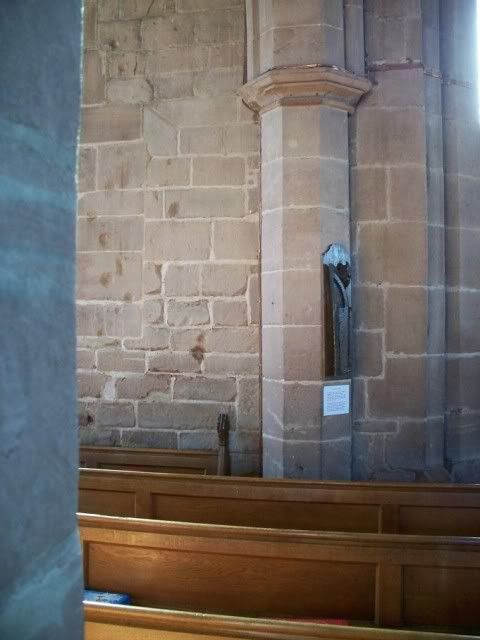
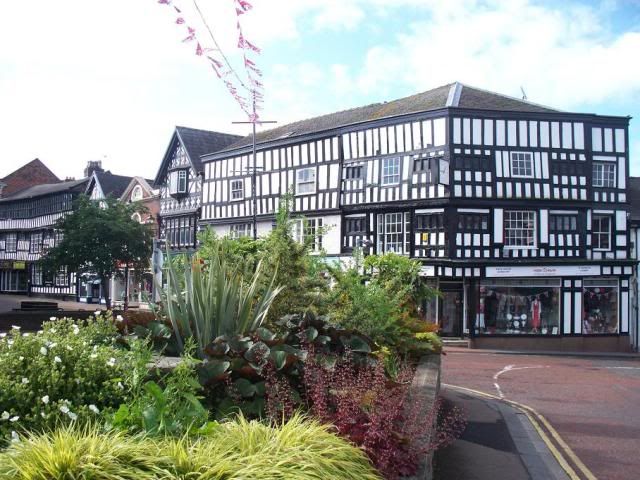

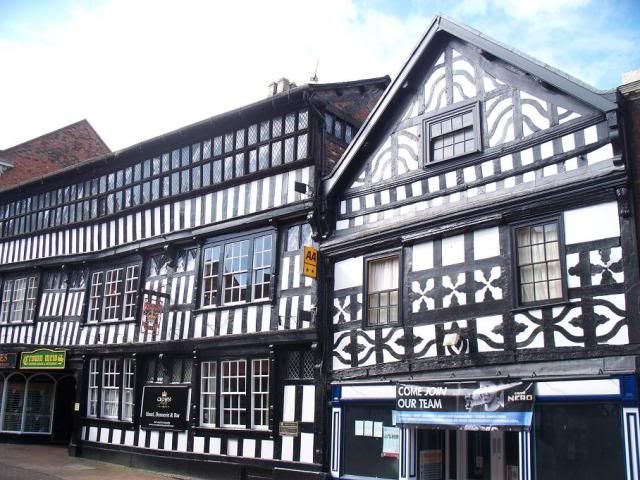
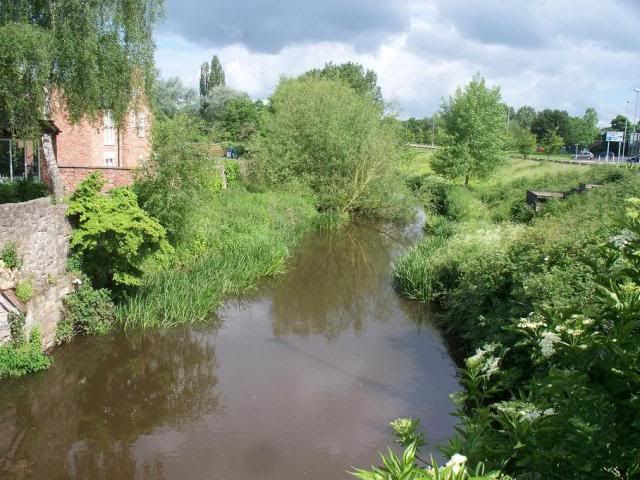
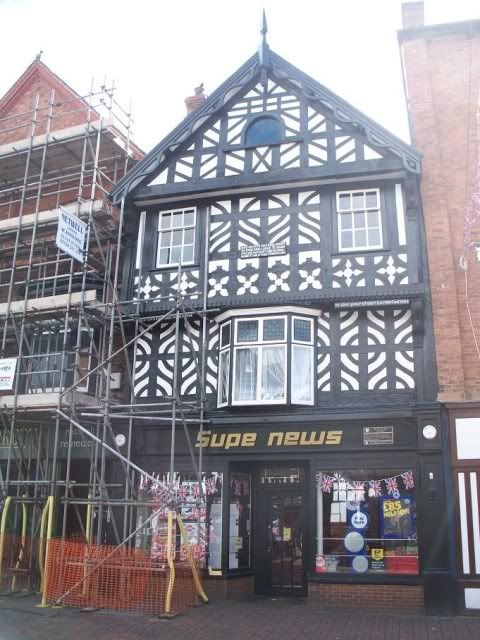
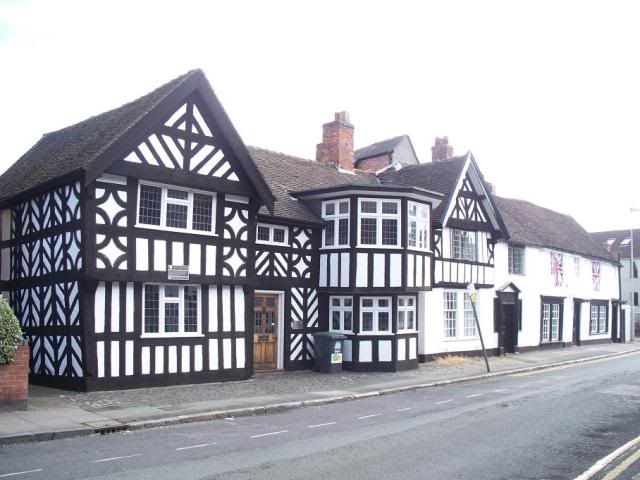
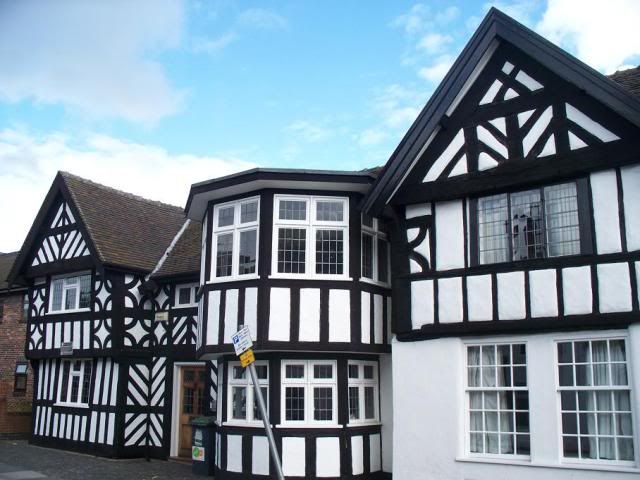
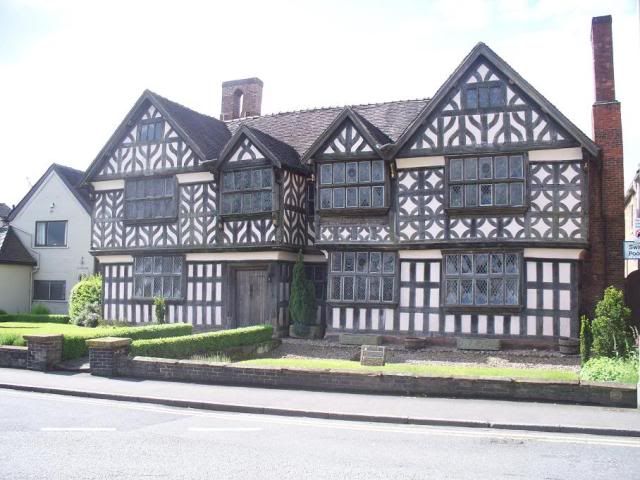



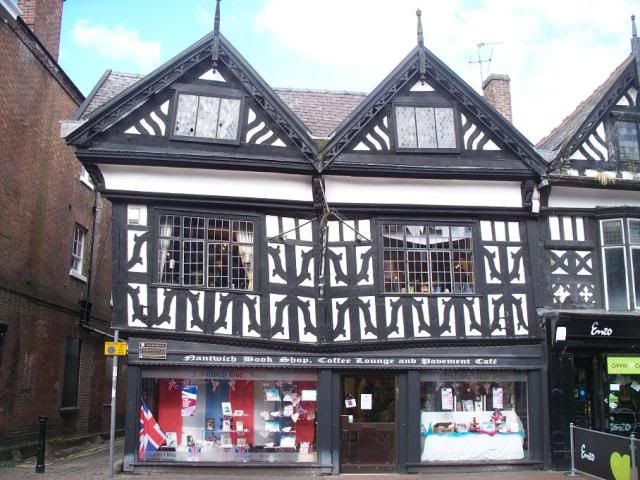

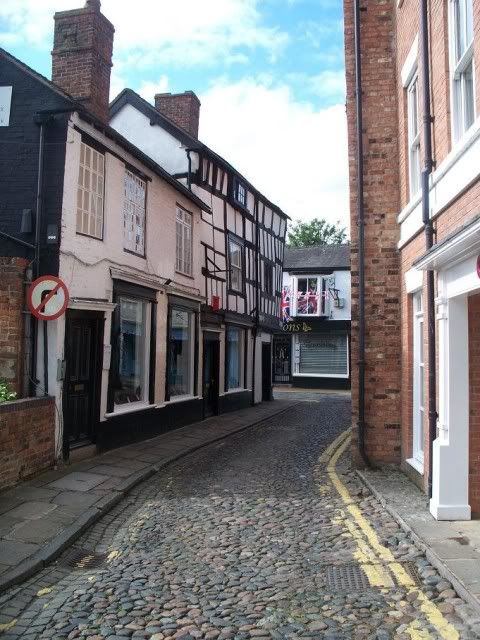
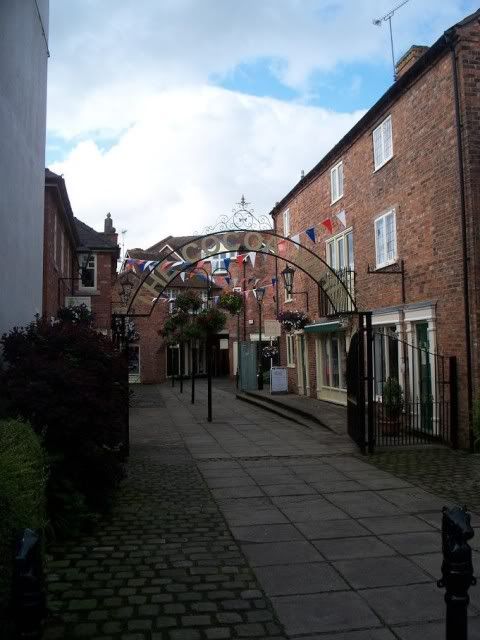
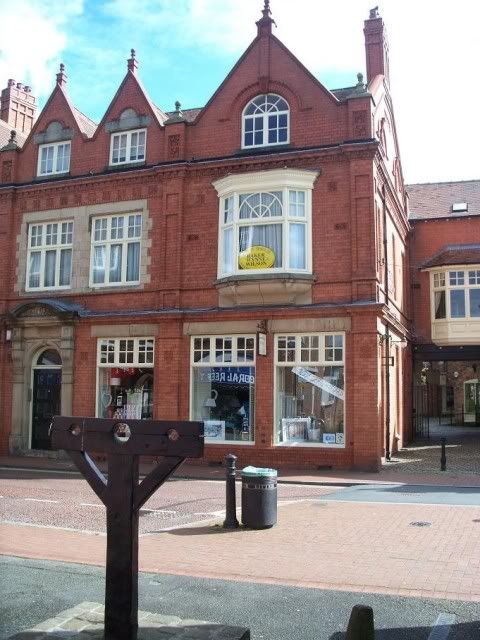

No comments:
Post a Comment